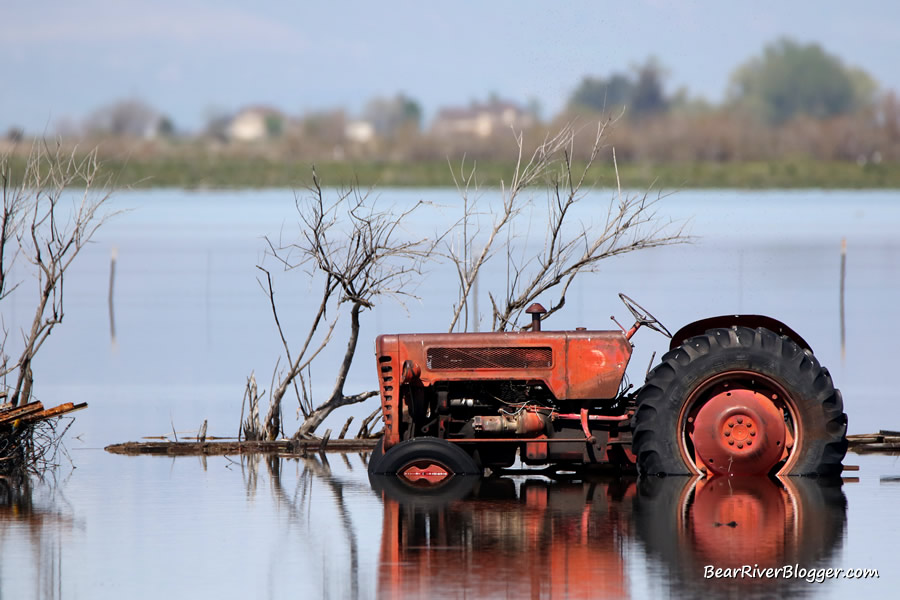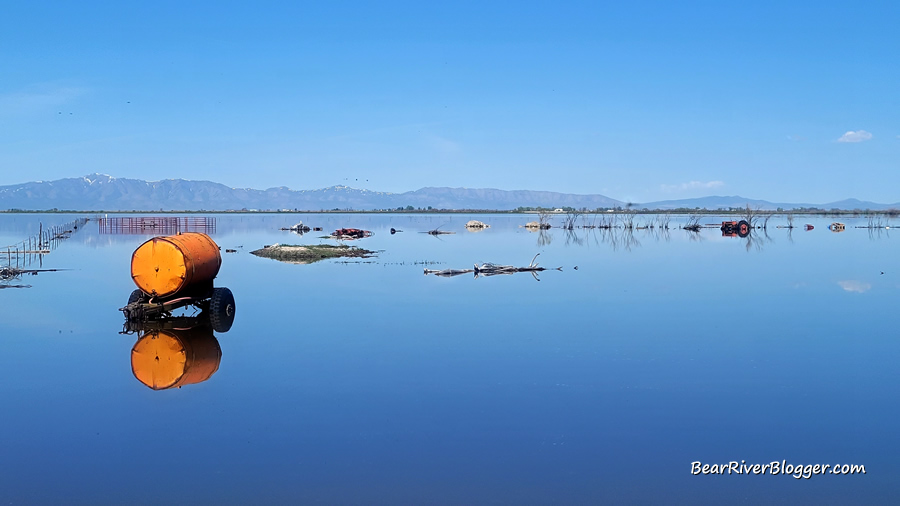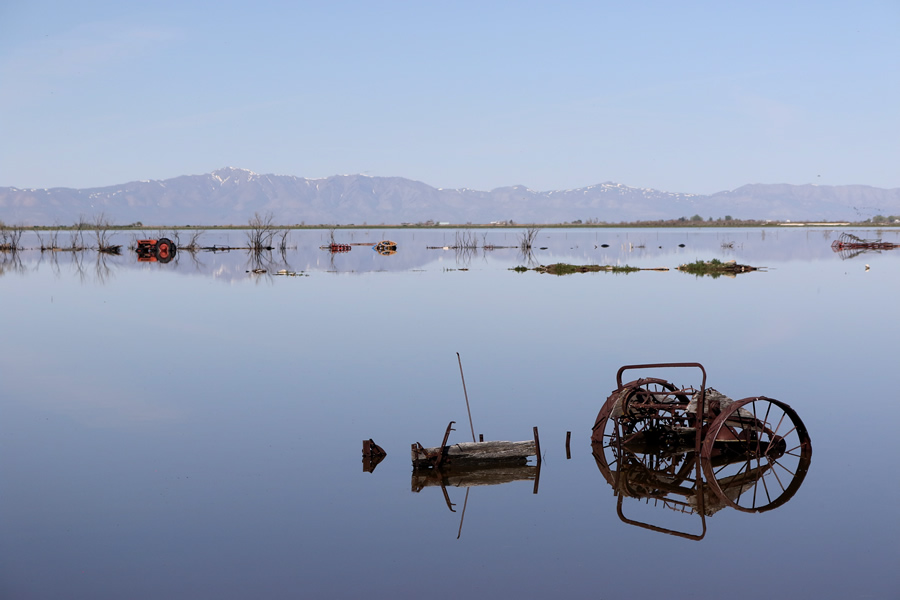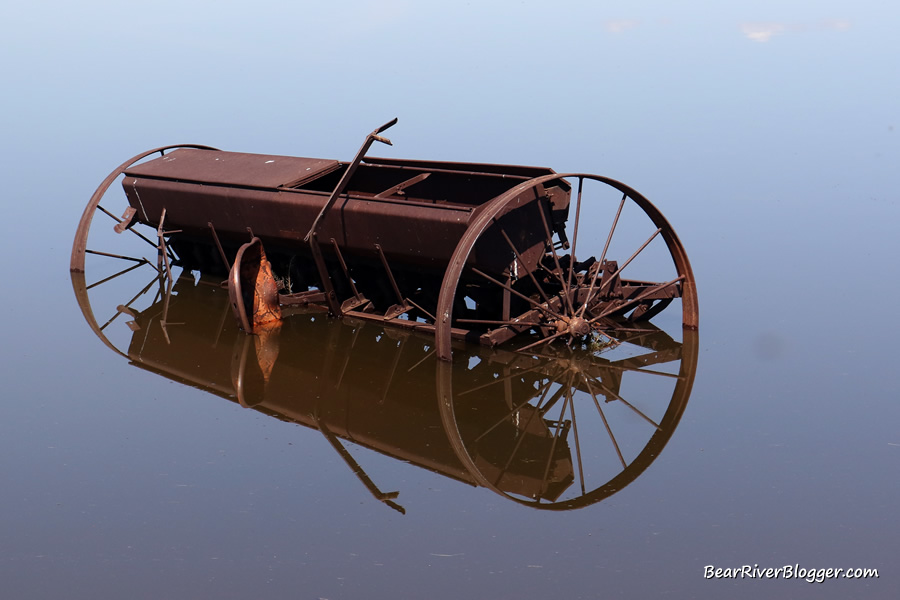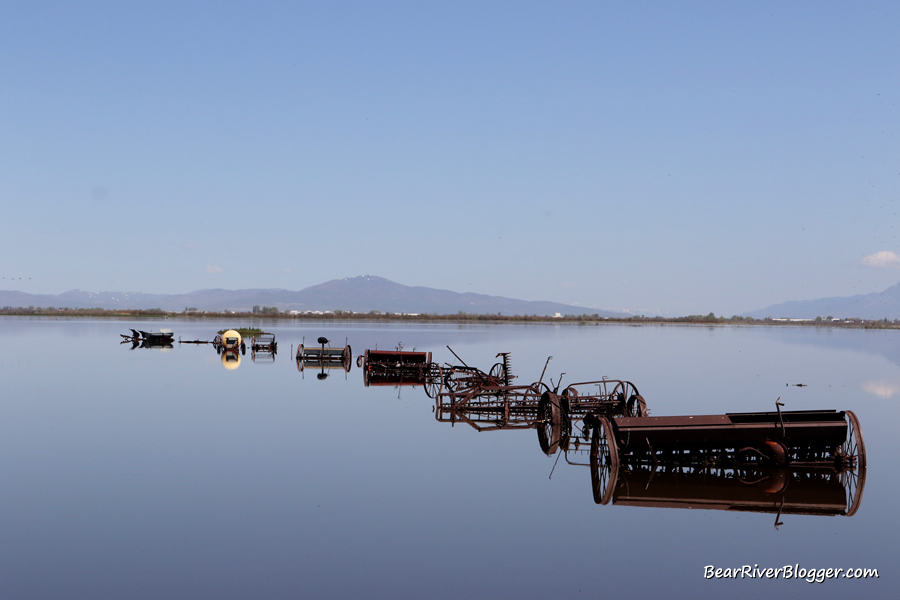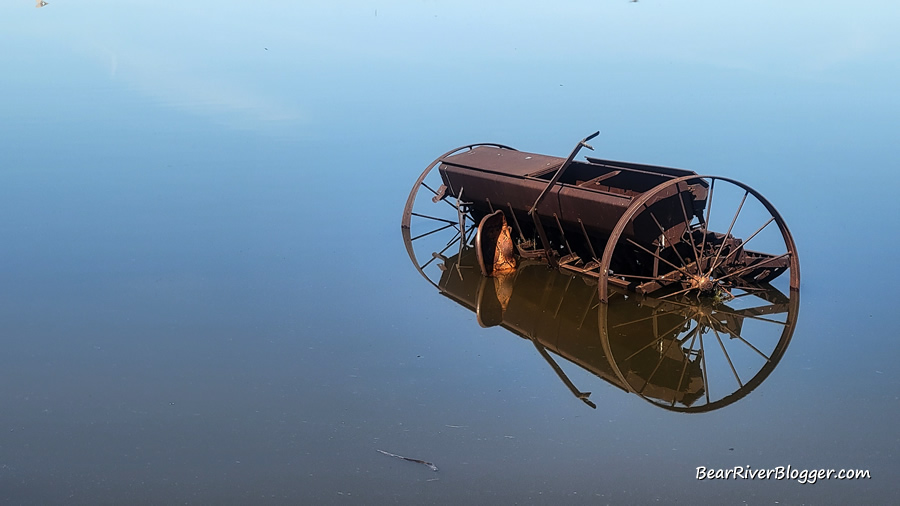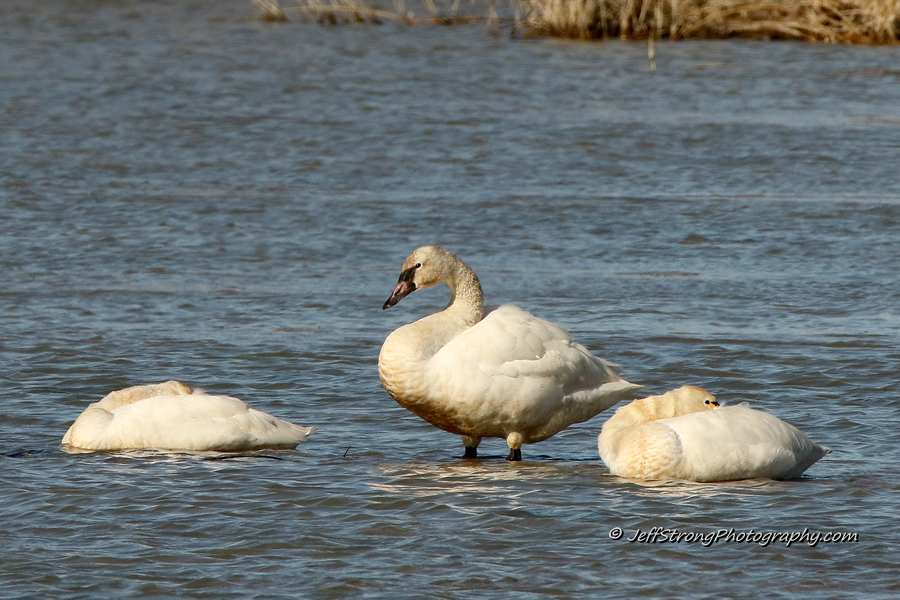I guess I’ll finally admit the old-school photographer in me never likes to be confined to just one subject.
Birds are, without question, my favorite target to point a camera toward but I just can’t limit myself to only birds no matter how much I enjoy photographing them.
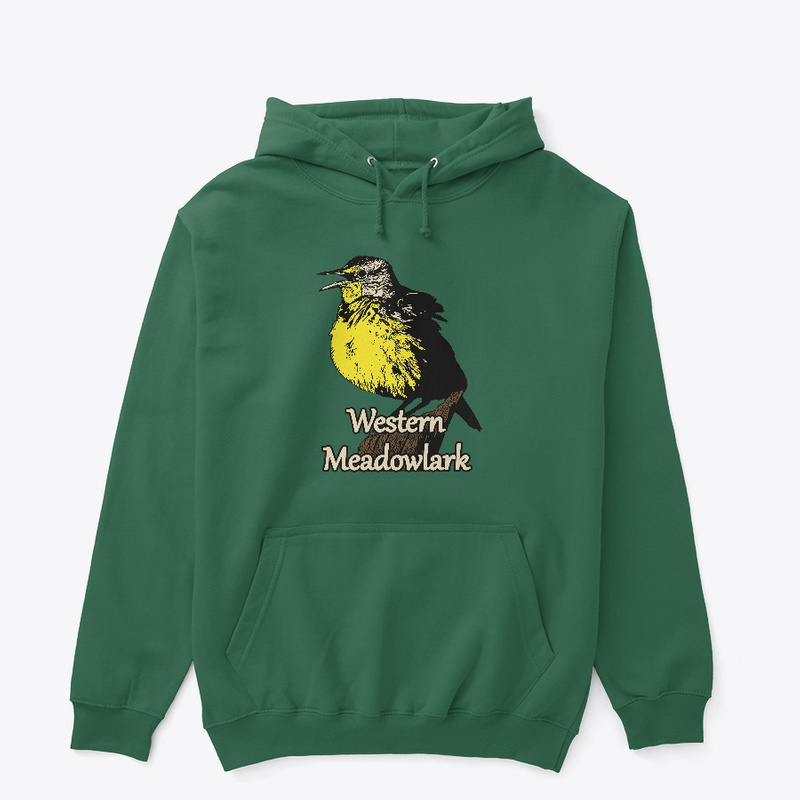
Place a good scene in front of me, any kind of scene that sets off the old ‘photography alarm’ inside my head, and the inner photog deep within me has to try and capture it somehow.
A few weeks ago during the recent flooding on the Bear River Migratory Bird Refuge, this was most definitely the case as I came across a compelling scene along Forest Street that is, well, rarely seen and strangely enough has nothing to do with birdwatching per se.
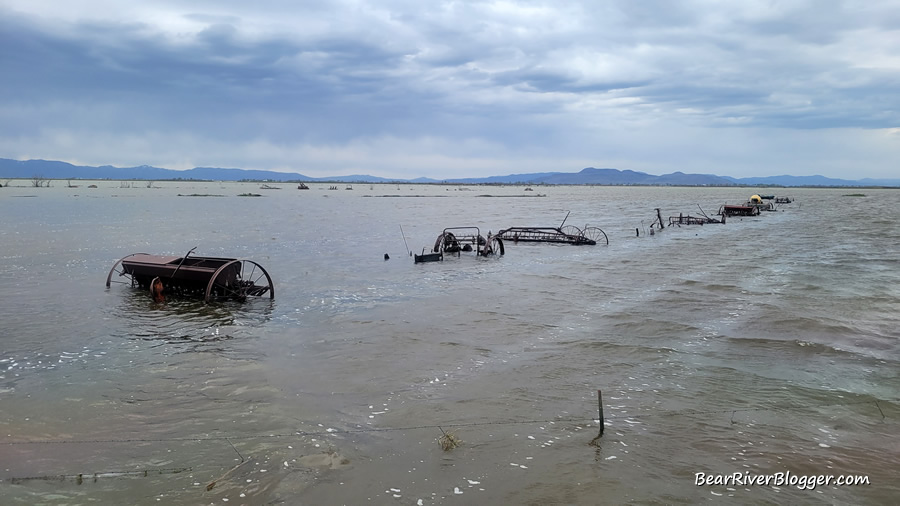
In fact, I can only remember seeing it twice since the road was rebuilt from the devastating floods way back when the Great Salt Lake completely covered the Bear River Migratory Bird Refuge with salt water.
That was after the heavy winter of 1983-84, a winter season coupled with a very wet spring that wreaked havoc on much of the Wasatch Front with an incredible rise in the Great Salt Lake which flooded the federal bird refuge for a couple years or so and destroyed dikes, structures, and the asphalt road known as Forest Street leading to the auto tour route.
The floods of 2023 won’t be recorded in history as having anything near the effect on the bird refuge the ’84 winter did but this particular flood did cover quite a bit of federal and private land with a foot or two of water for nearly a month or more.

Water from the overburdened Bear River displaced some birds but also created a temporary new habitat for water birds along Forest Street when the usually dry and often parched grasslands were inundated with water flowing over the banks of the nearby river.
I spent a lot of time birdwatching along Forest Street during this period as birds such as American avocets, snowy egrets, black-necked stilts, white-faced ibis, and even American pelicans filled the shallow waters with some great birdwatching for a few weeks.
One day while out chasing birds with my camera, however, I came across an interesting scene with some of the old, sleepy farm equipment that currently resides on one section of private land on Forest Street as you head down to the auto tour route.
Those of you that have had the pleasure of birding on the Bear River Migratory Bird Refuge are most likely familiar with the area I am referring to.
Honestly, I’d never given this old machinery much thought until I saw it in a completely different setting, one where each piece of equipment was being gently cradled by the smooth, reflective flood waters that were covering the grasslands at that time.
The waters have since receded for the most part and the scene depicted in the images on this blog post is long gone but I was able to capture a few images with my camera on a perfectly calm day to help show some of the other interesting sights visitors to the Bear River Migratory Bird Refuge were treated to during the flooding.
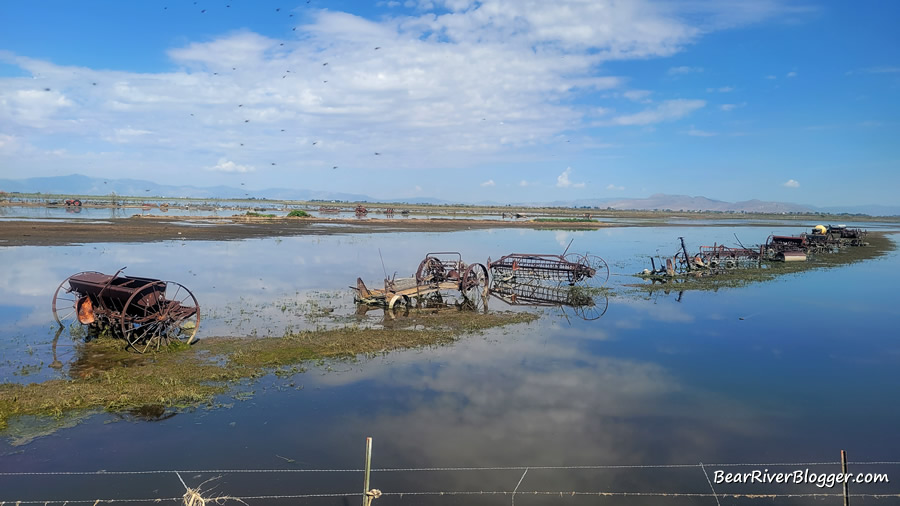
Some of the images below were photographed with my DSLR camera and others were taken with my phone but, hopefully, I captured the scene before me well enough with both cameras that the beauty and tranquility I was privileged to enjoy at that particular moment will show through.
Forest Street, the 12-mile county road that ends at the Bear River Migratory Bird Refuge auto tour route, is an incredible place for birdwatching but it also has some great scenery, including some spectacular sunsets, if you catch it on the right day like I did when I captured the images for this article, including the small gallery below, one morning during the flooding.
So next time you visit the Bear River Migratory Bird Refuge I would suggest keeping your eyes open for not only the birds that can be found on this portion of the refuge but watch out for some of the compelling scenery that can also be enjoyed there as well.
If you are a fan of the famous Bear River Migratory Bird Refuge like I am, I make the offer to head on over to our subscribe page and sign up for email notifications for future blog posts about the refuge and the other natural places I visit and photograph almost daily.
It is through this website and my photography efforts I hope to show others how beautiful the natural world is around us to help garner more interest, education, and eventually more support and protection for wildlife and the natural areas they rely on such as the Bear River Migratory Bird Refuge for all to visit and enjoy.

